Our Latest Blogs
Our Solutions News Blog was envisioned to gather and share information from the very best to help you and your business to become more effective.
Our Solutions News Blog was envisioned to gather and share information from the very best to help you and your business to become more effective.
"We often are running up against tight timelines with our clients..."
"Suzanne always goes above and beyond to help us reach our deadlines. We often are running up against tight timelines with our clients and Suzanne ensures that we are able to turnaround a great product.
Suzanne is reliable, detail oriented and able to run with our sometimes (often) piecey instructions. I utilize her for all of our printing needs for our BC projects. Not only is DB turn around time much better than competitors and the cost is more efficient, but Suzanne is attentive and helps me make sure I don’t miss anything"... Katie
- - - - - - - - - - - - - - - - - - - - - - - - - - - -
Please contact us for free information, tips and assistance!
Make Your Business and Brand Stand Out as you Welcome Customers Back....
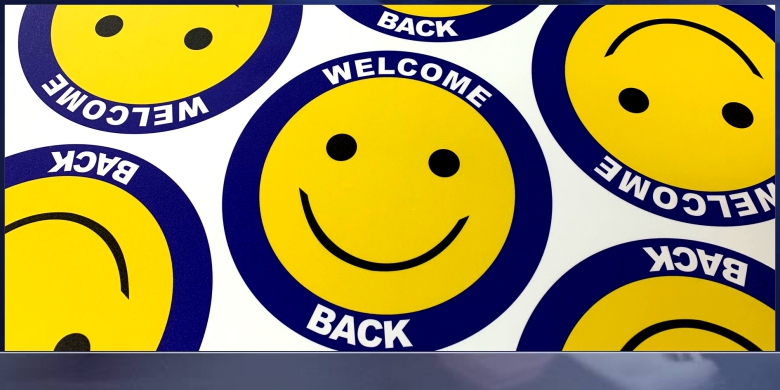
Welcome Them Back... with A Smile (Floor Grahics)
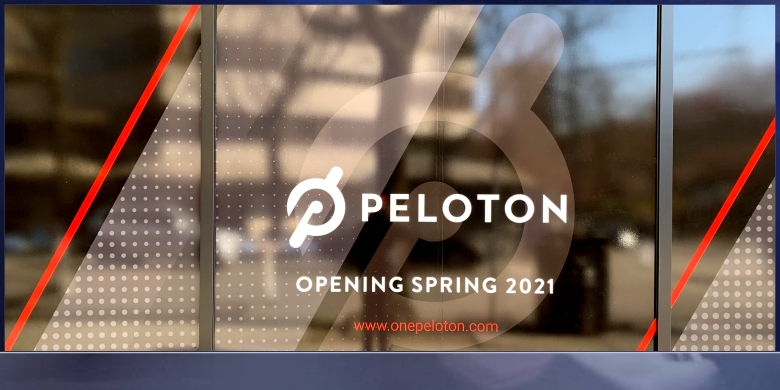
Welcome Them Back... Before You Open or Re-Open
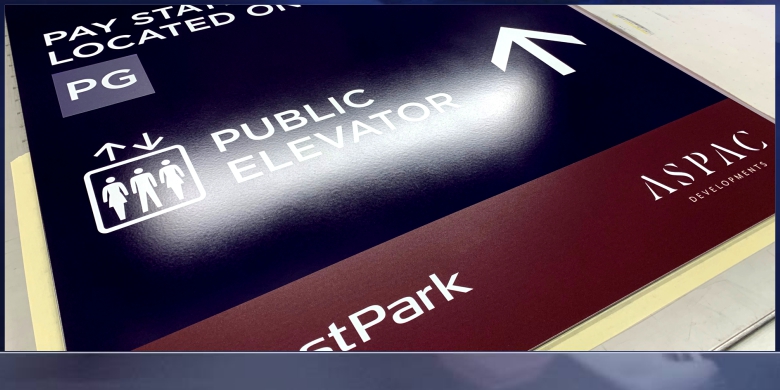
Welcome Them Back... with New Directional Signage
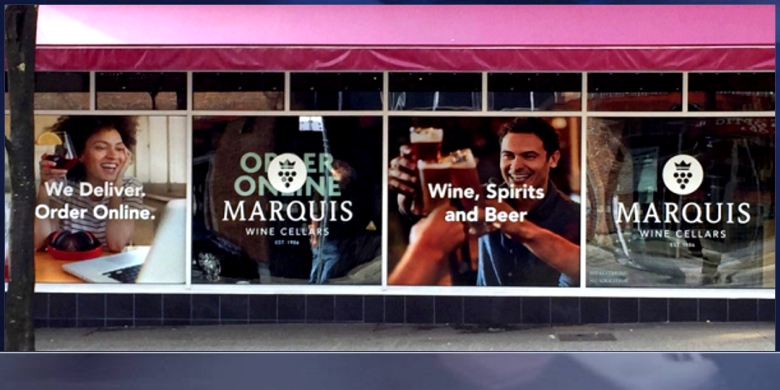
Welcome Them Back... with A Cheer
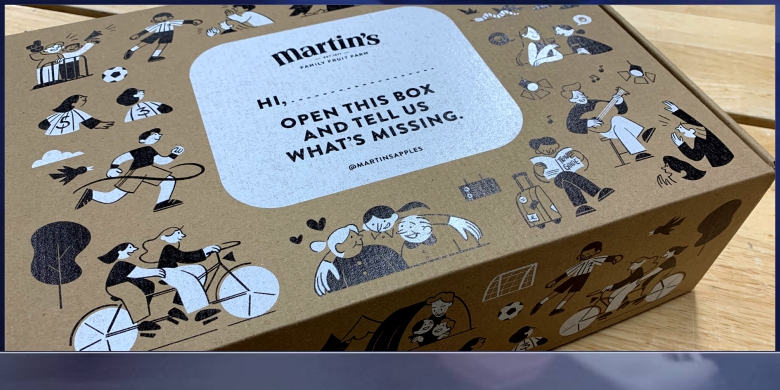
Welcome Them Back... with New Packaging
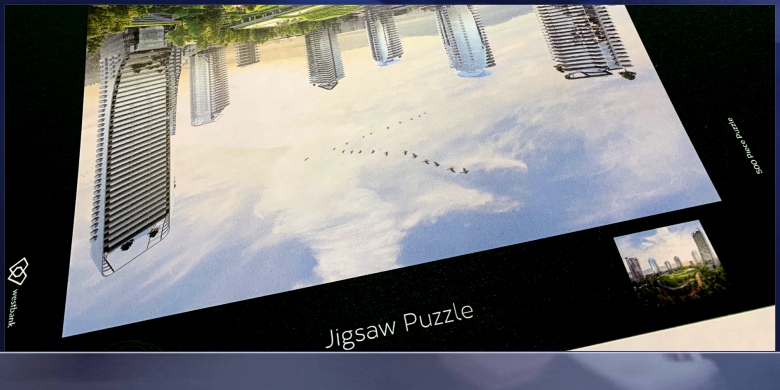
Welcome Them Back... with A Surprise

Welcome Them Back... with A Walk In Special
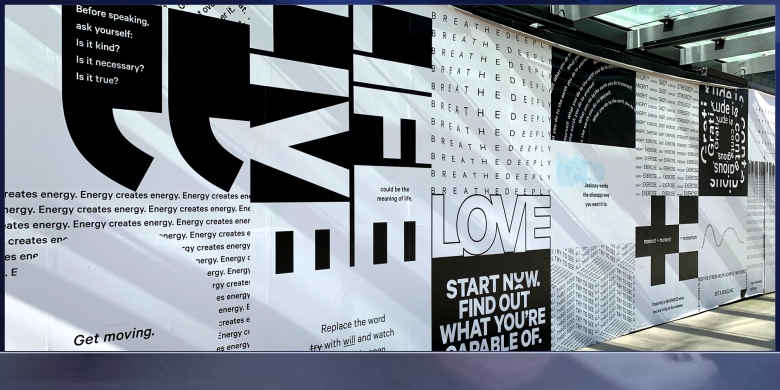
Welcome Them Back... with Your Offer

Welcome Them Back... with Mailed Information
Please contact us for free information, tips and assistance!
In retail environments, brands have just 3 seconds to make an impression on shoppers. Learn how to make sure your products catch buyers’ eyes.

As consumers, we’ve all been there: staring at a shelf fully stocked with dozens of brands’ variations on the product we’re looking for — whether it’s lightbulbs for the guest bathroom, treats for the pup, or bottles of wine for a friend’s housewarming party. It’s overwhelming, isn’t it? Even if we thought we knew exactly what we wanted, the sheer number of options in front of us gives us pause — and the way the products are merchandised may draw our eyes (and our dollars) to a new brand. In fact, research from the Shop Association reports that consumers are exposed to 3,000 promotional messages per day and a whopping 80,000 items in a given grocery store visit. How do we choose?
And more importantly, how do brands ensure their products are the ones that catch our eyes?
It isn’t easy. The same report finds that a consumer’s decision to stick with their go-to brand or buy from a rival takes, at most, seven seconds — and those competing brands have just three seconds to make an impression.
The key to ensuring your brand stands out from the rest? Powerful point-of-purchase (POP) displays. These are the end caps, shelf talkers, display stands, and other types of signage that highlights a brand’s products in order to sell customers on its benefits and value right there in the store. To ensure your brand’s POP / POS displays make your products stand out among those 80,000 competitors, we recommend following these six steps.
1. Speak to Your Audience’s Needs
Consumers generally aren’t looking for products with certain specs or features; they’re looking for products that solve their problems. Maybe that’s eliminating a pain point or making their lives easier in some way; maybe it’s boosting their self-esteem or impressing others or simply adding joy to their lives. As you create your POP / POS signage, and particularly the messaging it conveys, don’t lead with the latest bells and whistles but with the intangible value your product offers customers.
Additionally, be sure to consider the customer’s entire experience. While, ideally, your target audience is already familiar with your brand from your digital, direct mail and other advertising tactics, the shopping trip offers yet another channel to meet and engage with potential buyers during the customer journey. To make your brand stand out, devise ways to engage with consumers from the parking lot into the shelf with branded signage, POP / POS materials, and product coupons.
2. Design for the Specific Retail Location
When you’re creating display materials for multiple outlets — even multiple locations of the same store — remember that not all retail locations are created equal. Retailers will have different rules and guidelines. These guidelines could be based on space constraints. An elaborate floor display that looks beautiful in a large suburban location is likely to be a tripping hazard in a smaller store tucked into a compact, urban area.
Differing rules may also be driven by local laws. No matter how beautiful the design or how powerful the message, a store display that isn’t compliant with regulations is simply a waste of money. Consider working with a marketing supply chain partner that’s well-versed in retail parameters and industry regulations to ensure every piece of in-store signage is compliant and display-ready.
3. Keep Longevity in Mind
A torn-up, worn-out display is a turnoff to customers, so as you design your POP/POS signage, do so with durability in mind. Whether it’s a temporary display for the holiday season or a permanent installation, you’ll want to ensure it looks great as long as you need it to. Will it survive transportation and storage in pristine condition? If it’s a product display will it support the weight of the products? Will it withstand in-store traffic, including shopping cart collisions or purse bumps?
Additionally, you’ll want to ensure the display is easy to restock. Shelf-talkers that get in the way of shelf access or endcaps that are too complicated to easily refill may look great at first, but as product dwindles, they may not get refilled as often as necessary, leading to missed sales opportunities. (Remember, too, that if a display is complex to restock, it’s probably hard for shoppers to access as well and they may pass it by.) A durable, easy-to-maintain display will showcase your brand in its best light for a long time.
4. Ensure Prime Placement in Store
The real estate adage, “location, location, location” applies to in-store signage and displays, too. Once you’ve invested in high-quality, beautifully designed marketing materials, it’s important to ensure those materials are displayed where customers will see them. For example, the Shop Association notes that the sweet spot for signage height is between shoppers’ shoulders and knees. A sign that’s close to the floor isn’t likely to be seen, nor is an in-aisle ceiling dangler.
Also consider unexpected places to grab shoppers’ attention. Research says six in ten in-store purchases are impulse buys, so it may pay to place your displays in strategic places to pique those impulses. Place your products near the cash register to inspire last-minute buys, or near items they pair will with to entice customers. (For example, showcase your salsa on the chip aisle or package your spirits with fun bar accessories and coupons for popular mixers.)
(Note: Make that prime placement easier for everyone involved by ensuring your signage is delivered on time and easy to assemble.)
5. Minimize Production Costs
With tight marketing budgets and high ROI expectations, it’s important to ensure the costs of the POP / POS materials don’t outweigh their value. A savvy marketing partner can help find ways to minimize costs without sacrificing quality or effectiveness. Some of the levers you may pull to streamline costs include material selection, manufacturing techniques and complexity of design. Choosing a partner that gangs orders through “buy windows” and has a proven network of production facilities helps maximize economies of scale, saves costs, and minimizes risk. Knock-down displays — the kind that are shipped disassembled or flat and popped up in store — can save significant costs on packaging and transportation. The more creative you and your partner can be about design, materials, shipping, and ordering windows — without sacrificing quality — the more valuable in-store marketing will be for your brand.
6. Follow Best Practices for POP Display Design
Finally, to create POP / POS materials with maximum impact, be sure to follow the design best practices that are most likely to catch shoppers’ eyes and encourage them to choose your product. Select bold colors that both showcase your brand and evoke the feelings (comfort, safety, impulsiveness, etc.) you want buyers to feel. Select unique shapes that will stand out on shelves and against other displays, and ensure any interactive elements are intuitive for shoppers. Keep your messaging clear, simple, and easy to digest — and be sure your brand logo is on full display. Above all, keep the audience’s needs and experience at the forefront of the design process.
Please contact us for free information, tips and assistance!
Written By: Casey Rush Source: One Touch Point Blog
The psychology of colour is based on the mental and emotional effects colours have on sighted people in all facets of life. Did you know your surroundings may be influencing your emotions and state of mind? Well, there’s a good chance that the colours in those spaces are playing a part.
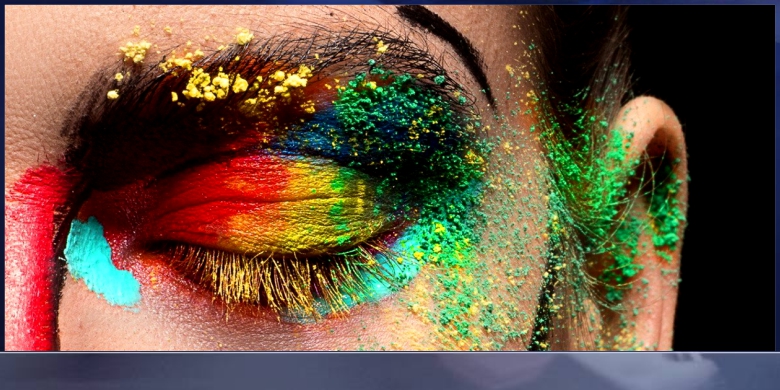
What is Colour Psychology?
The psychology of colour is based on the mental and emotional effects colours have on sighted people in all facets of life. There are some very subjective pieces to colour psychology as well as some more accepted and proven elements. Keep in mind, that there will also be variations in interpretation, meaning, and perception between different cultures.
Applying Colour Psychology to Everday Life
Did you know your surroundings may be influencing your emotions and state of mind? Do you ever notice that certain places especially irritate you? Or that certain places are especially relaxing and calming? Well, there’s a good chance that the colours in those spaces are playing a part.
In art therapy, colour is often associated with a person’s emotions. Colour may also influence a person’s mental or physical state. For example, studies have shown that some people looking at the colour red resulted in an increased heart rate, which then led to additional adrenaline being pumped into the blood stream.
There are also commonly noted psychological effects of colour as it relates to two main categories: warm and cool. Warm colours – such as red, yellow and orange – can spark a variety of emotions ranging from comfort and warmth to hostility and anger. Cool colours – such as green, blue and purple – often spark feelings of calmness as well as sadness.
The concepts of colour psychology can also be applied in everyday life. For example, maybe you’re planning on re-painting your walls or redecorating a house or room with a new colour scheme. Well, you might want to consider some of these suggestions about colorus and how they might affect your emotions and mood:
Psychological Effects of Cool Colours
Need to be creative? Want help getting those brain synapses firing? Try utilizing the colour purple. Purple utilizes both red and blue to provide a nice balance between stimulation and serenity that is supposed to encourage creativity. Light purple is said to result in a peaceful surrounding, thus relieving tension. These could be great colours for a home or business office.
Are you looking for a peaceful and calming environment? You might consider using green and/or blue. These cool colours are typically considered restful. There is actually a bit of scientific logic applied to this – because the eye focuses the color green directly on the retina, it is said to be less strainful on your eye muscles.
The colour blue is suggested for high-traffic rooms or rooms that you or other people will spend significant amounts of time. Another cool colour, blue is typically a calming and serene colour, said to decrease respiration and lower blood pressure. The bedroom is a great place to use these colours as they should help you relax.
Psychological Effects of Warm Colours
Want to create an environment of stimulation or whet people’s appetite? You might consider utilizing the colours yellow or orange. These colours are often associated with food and can cause your tummy to growl a little. Have you ever wondered why so many restaurants use these colours? Now you know why even after people watched the movie SuperSize Me, they said they were hungry.
You do want to be careful about using bright colours like orange and especially yellow. They reflect more light and excessively stimulate a person’s eyes which can lead to irritation. You also probably don’t want to paint your dining room or kitchen these colours if you’re a calorie-counter.
Pyschology of Colour for Marketing & Advertising
Marketing and advertising are well-known for utilizing colour psychology. The fact that some companies have heavily invested in this type of research and many others have followed through in its use shows they have at enough belief in the concepts of colour psychology to implement them in their advertising.
Colour is consistently used in an attempt to make people hungry, associate a positive or negative tone, encourage trust, feelings of calmness or energy, and countless other ways.
Most marketing and advertising executives will likely agree that there are benefits to understanding and utilizing the psychological effects of colours. Now let’s take a look at some of the more common traits of colour psychology, by some common colours.
The following are some common psychological effects of colours in the Western Hemisphere. Keep in mind that certain shades or tones may result in very different meanings. Also, the context around the colour, and even surrounding colours, can have an effect. Think of this as more of a beginning guide to colour psychology.
Colour Psychology: The Colour White
purity
innocence
cleanliness
sense of space
neutrality
mourning (in some cultures/societies)
Colour Psychology: The Colour Black
authority
power
strength
evil
intelligence
thinning / slimming
death or mourning
Colour Psychology: The Colour Gray
neutral
timeless
practical
Colour Psychology: The Colour Red
love
romance
gentle
warmth
comfort
energy
excitement
intensity
life
blood
Colour Psychology: The Colour Orange
happy
energetic
excitement
enthusiasm
warmth
wealth prosperity
sophistication
change
stimulation
Colour Psychology: The Colour Yellow
happiness
laughter
cheery
warmth
optimism
hunger
intensity
frustration
anger
attention-getting
Colour Psychology: The Colour Green
natural
cool
growth
money
health
envy
tranquility
harmony
calmness
fertility
Colour Psychology: The Colour Blue
calmness
serenity
cold
uncaring
wisdom
loyalty
truth
focused
un-appetizing
Colour Psychology: The Colour Purple
royalty
wealth
sophistication
wisdom
exotic
spiritual
prosperity
respect
mystery
Colour Psychology: The Colour Brown
reliability
stability
friendship
sadness
warmth
comfort
security
natural
organic
mourning (in some cultures/societies)
Colour Psychology: The Colour Pink
romance
love
gentle
calming
agitation
Source: Art Therapy
In the face of a crisis or economic slowdown, resilient organizations ride out uncertainty instead of being overpowered by it...
How Did Business Create Resilience During & After The 2008 Recession?
- - - - - - - - - - - - - - - - - - - - -
In 2008 we went through a worldwide recession and companies that implemented the strategy of resilience came back faster and even leaped ahead of their competition. Now Covid has thrust us into an equally challenging time. Find out how adopting resilience can help you though these unprecedented times.quickly. access the resilience resource centre »
Source: McKinsey & Company

Companies can structure their organizations and decision processes for resilience by embracing six principles of long-lasting systems:
- - - - - - - - - - - - - - - - - - - - -
Source: Harvard Business Review / Written By: Martin Reeves & Kevin Whitaker
The essence of resilient leadership: Business recovery from COVID

Resilient leaders shift organizational mindsets, navigate uncertainties, and invest in building trust in order to develop a recovery playbook that serves as a solid foundation for the post-COVID future.
- - - - - - - - - - - - - - - - - - - - -
Whereas organizations used to describe agile change as “fixing the plane while it flies,” the COVID-19 pandemic has rewritten the rules of upheaval in modern times. Those of us leading any organization—from corporations to institutions to our own families—are not fixing the plane in midair, we’re building it. Times like these need leaders who are resilient in the face of such dramatic uncertainties.
The first article in this series described the essential foundations leaders need in order to effectively navigate through the crisis.1 Resilient leaders are defined first by five essential qualities of who they are, and then by what they do across three critical time frames: Respond, Recover, and Thrive.
As we progress into the Recover phase of the crisis, resilient leaders recognize and reinforce critical shifts from a “today” to a “tomorrow” mindset for their teams. They perceive how major COVID-19-related market and societal shifts have caused substantial uncertainties that need to be navigated—and seized as an opportunity to grow and change. Amid these uncertainties, resilient leadership requires even greater followership, which must be nurtured and catalyzed by building greater trust. And resilient leaders start by anticipating what success looks like at the end of recovery—how their business will thrive in the long term—and then guide their teams to develop an outcomes-based set of agile sprints to get there.
Resilience is not a destination; it is a way of being. A “resilient organization” is not one that is simply able to return to where it left off before the crisis. Rather, the truly resilient organization is one that has transformed, having built the attitudes, beliefs, agility, and structures into its DNA that enable it to not just recover to where it was, but catapult forward—quickly. read on »
Source: Deloitte Insights / Written By: Bill Marquard
No one can do business with you if they don’t know you exist. In order for you to start making some traction in your business or to level up, you must invest in your personal branding, and work hard to get the word out...

When Chic CEO was in its first year of business, I remember getting to a networking event after just leaving another and met a woman in the bar line - because #wine. We introduced ourselves and she said, “I see you everywhere.” It was the first time we had chatted, but she already knew Chic CEO. My business partner and I were on a mission, bound and determined to be seen.
Obscurity can be one of the biggest business killers to any venture. Here are some ways to step out and get known.
Niche Down, Down, Down And Find The “That’s me!” Response
Homing in on your target market is one of the very best things you can do for yourself and your business. When you can get super clear on who you work with, marketing becomes exponentially easier. I recently met a woman who is a hair stylist and she said she specializes in blonds with short hair. “That’s me!” I squeaked. Brilliant. I rarely hear of a stylist getting that specific when describing what they do. Cut, color, style, what else is there? Turns out, a lot. I didn’t realize that stylists niche down too, until that moment. She actually made me say, “that’s me!” and that’s marketing gold. The more specific you can get on who you serve, the easier it is to break out of obscurity and the internet noise.
Pick One Social Channel And Hit It Hard
Watering down your presence isn’t a smart strategy. Your audience might hang out in a few places, but chances are, the majority of them prefer one social platform over another. Focus your time in being ever present on that channel. Melyssa Griffin, a prominent blogger who teaches others to create profitable blogs, doubles down on Pinterest. Larry Kim, founder of Mobile Monkey, puts a lot of his effort into Medium. It’s not that they aren’t present on other social channels or platforms, but you can see they have found where their audience hangs out and they show up to that party. If you are working solo, your best bet is to stick to one social channel and hit it hard - so you can maximize effort with the little time you have.
Post Content Where Your People Are Hanging Out
To piggy back off of the previous point, you may notice that there are more people hanging out on platforms like Medium, than they are on your blog. When you are posting non-stop to your own blog with little traction, start posting where people might actually see it. There are many media outlets that allow you to write for them, or places you can post your content. Start pushing your message, ideas and value to platforms that already have an audience, rather than your blog where only a handful of people might see it.
Create Strategic Partnerships
Linking up with another business who has the same audience but an ancillary product or service can only help the both of you. Get creative on how you can promote each other to gain more awareness and value for the customers and clients you serve. Related: How To Create Strategic Partnerships. Find ways to create cross promotions, team up on events, help each other achieve the peak end experience or simply do some email swaps. Leverage each other to bring more value to your customers and benefit from the awareness it brings.
Become The Local News Expert
One of the fastest ways to get seen is through press. Press can be tricky, but the key is to provide value. Always provide value. When you are someone that the local press knows can give great tips on how to keep the kids busy for summer, or the proper way to stretch before a marathon - they will call you first. Be their trusted expert in your subject matter and they’ll think of you when something comes up.
---------------------------------
Worried there’s too much noise in the market for your business to cut through? In this clip, Seth Godin explains why the traditional idea of differentiation is selfish and shares his much more generous approach to market positioning that won’t make you want to stab your eyes out with a fork. Watch the full interview with Seth Godin here:
Sources: Forbes / Written By: Stephanie Burns ... YouTube / Seth Godin